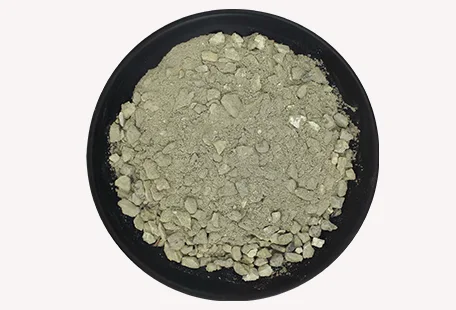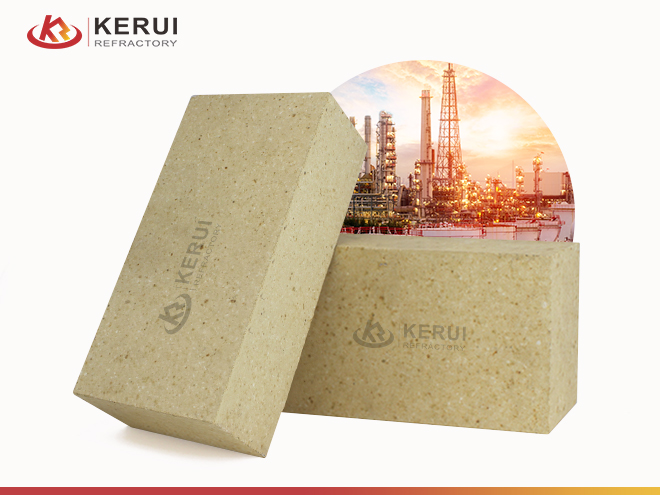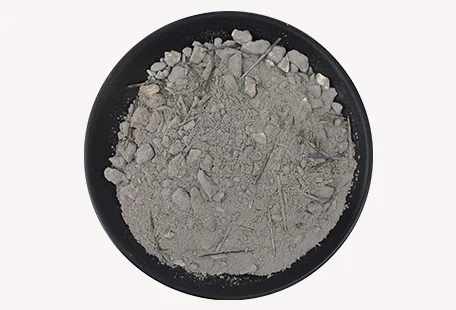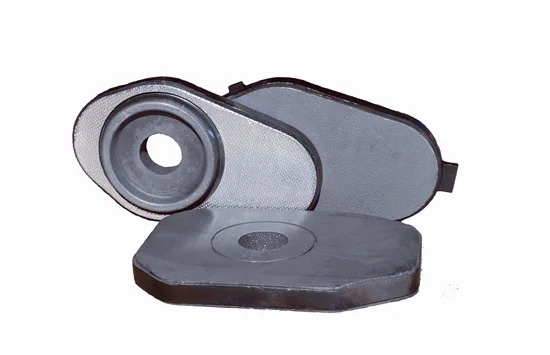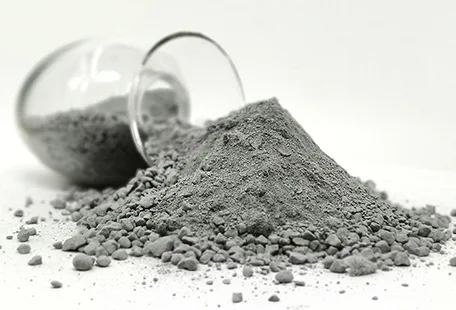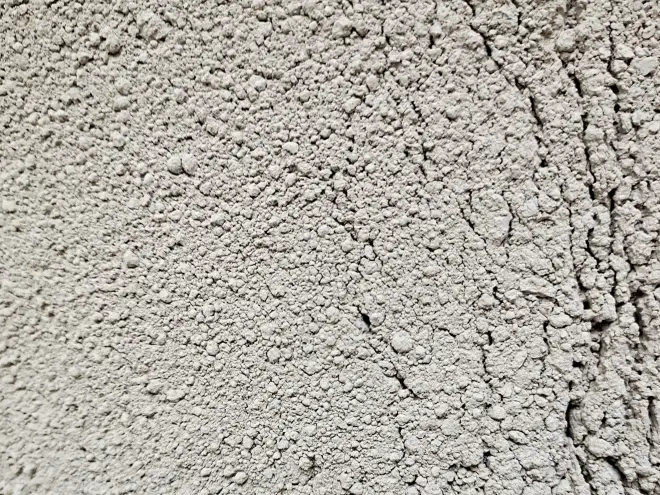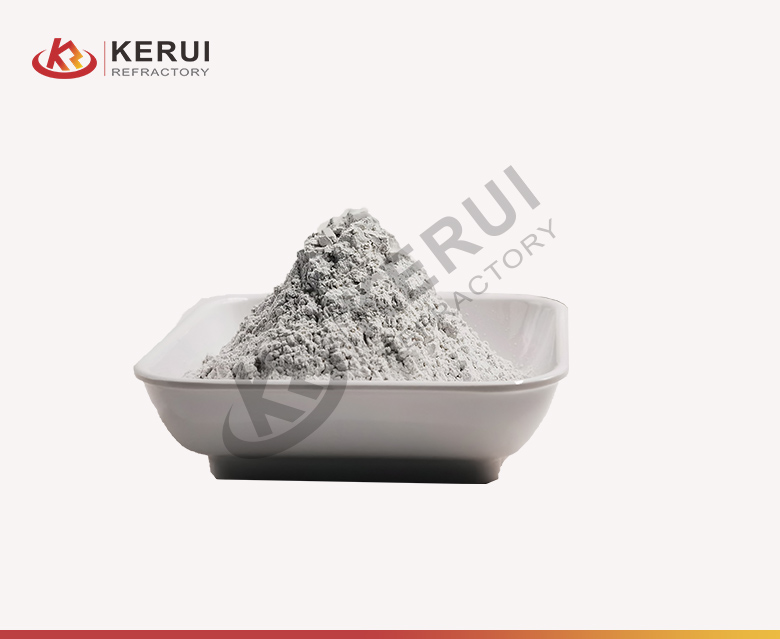Difference and Relationship Between Refractory Castables and Insulating Castables
In the lining construction of industrial furnaces and high-temperature equipment, castables are widely used due to their ease of construction, good integrity, and durability. Refractory castables and insulating castables are two common types. Although their names are similar and they are often used together in … Lire la suite
